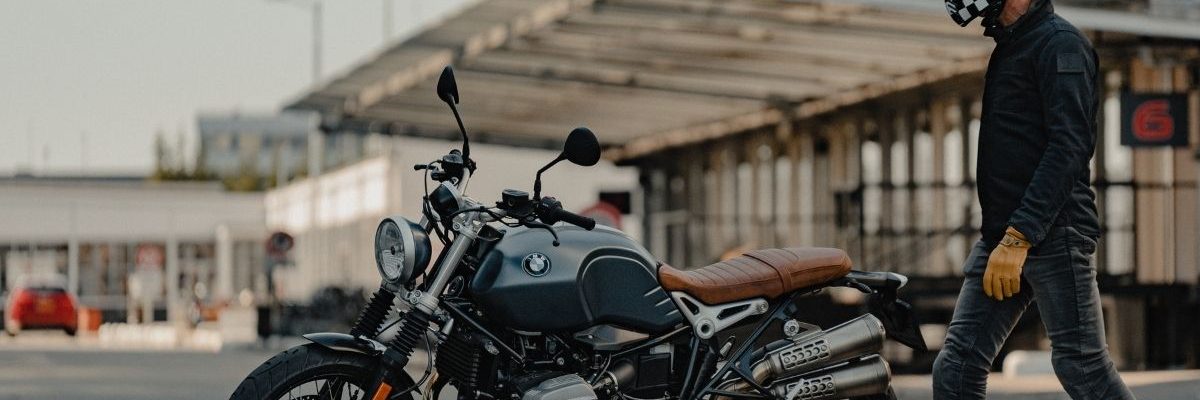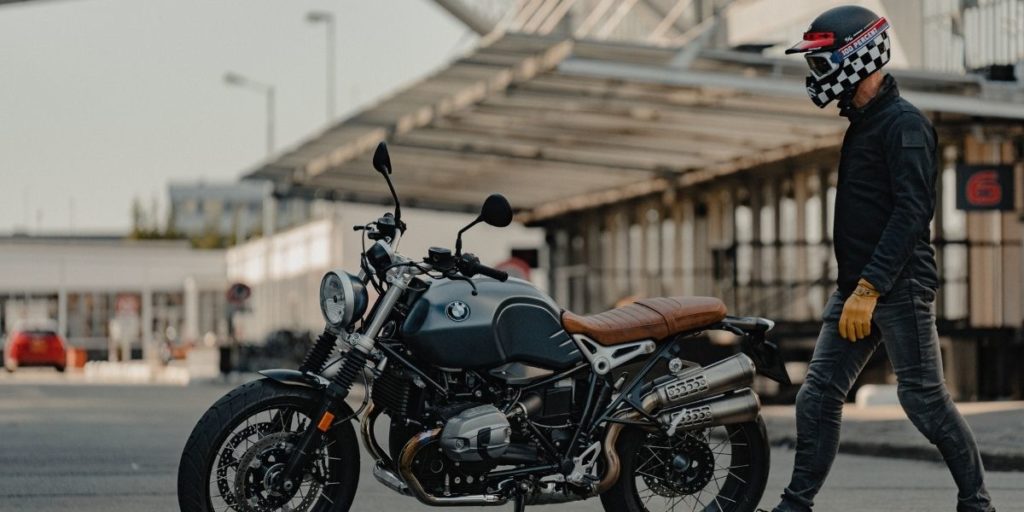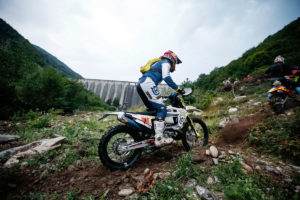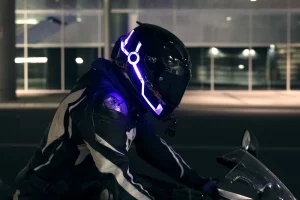Contents
Investigation Checklist for Buying a Used Motorcycle
Purchasing a pre-owned bike can appear to be a mind-boggling experience for a first-time purchaser. What do I search for, and What do I have to inquire? The accompanying article will address a portion of the essential things another rider (and surprisingly experienced riders) should search for when purchasing a pre-owned bike.
We should begin cold. You’re approaching the bike interestingly. What is your first response? see that bike sparkle; it is what you need to see by and large. Pride of proprietorship is reflected in the appearance. Most riders take very significant consideration of their bikes outside. It would be best if you looked great. How about we look somewhat nearer.
The Bike’s General Appearance
A spotless bike is generally a glad bike. Significantly, the merchant puts a high significance on correspondence with you, revealing every one of the subtleties of the bike. You might be keen on a more seasoned “venture or rebuilding” bike and will want to neglect a few imperfections in the completion. You might be taking a gander at a “brush popper,” and a marginally unpleasant look is standard. You realize what is cosmetically satisfactory.
Look the bike over cautiously. It’s not difficult to differentiate between a bike that has been “fast cleaned” for a deal and the one that has been carport kept and spoiled by a genuine devotee. Check every one of the problematic situations. You know the difficulty to arrive at where earth can amass. The lover will set aside the effort to get into these spaces and keep his bike-looking display area. The “fast, more clean” won’t. He’s trusting that your energy will abrogate your sound judgment, and you will not be looking too carefully.
If the bike has plastic fairings, check the “tabs” that associate them with the frame. When a motorcycle has been slammed, the principal thing to break is usually this association focuses, and terrible fix endeavors can be handily spotted.
Exhaust
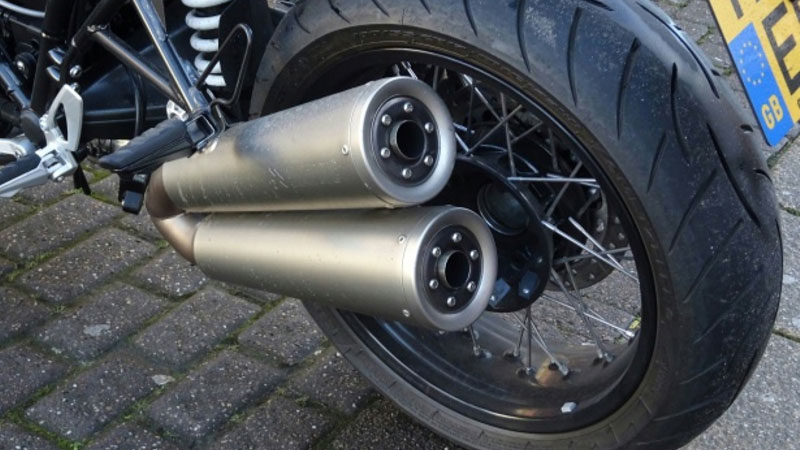
We should look at the exhaust first. I realize you need to fire the bike up and hear it thunder. There’s a lot of time for that later. It would help if you had the bike cold for the underlying assessment. Warm motors start simpler. Truth be told, when you call the merchant to ask him where to see the bike, try to advise him not to run it before you arrive. Here’s the reason. In the first place, you need to ensure the exhaust is mounted. The exhaust framework gets a great deal of vibration from the motor, making the mounts and lines come up short. Spots on the exhaust that you might not have an unmistakable perspective on you may feel spaces of consumption that have spoiled through; You would likely hear exhaust spills when you initially start the bike, so now you know to tune in for them. Gouges in the exhaust header can cause execution issues. Make sure to examine it from under; You may need to lay on your back.
Frame
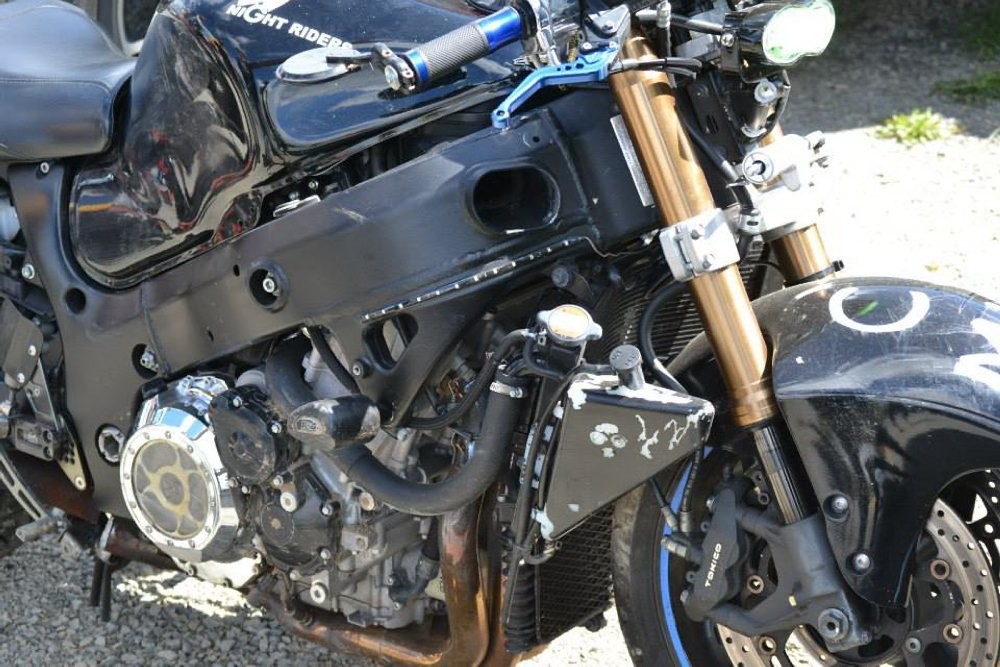
However long you down there mind the exhaust, you should give the frame a quick overview. Look carefully. You’re searching for scratches, scratches, breaks. Is there any sign that the bike has taken a tumble, a hard landing, or been in some mishap? Get hands-on with the frame as well. Slide your hands over as a significant part of the frame as possible. You may feel something you can’t see.
Check the controlling head direction. While holding the front brake switch, rock the bike to and fro. If you feel development or hear a clicking sound, it’s a decent sign that the direction in the controlling head may be free or worn. Spot your hand over the upper triple brace and frame to feel the development.
Check the guiding stops on the neck of the frame. This metal stop meets the tabs on the lower directing stem to prevent the handlebars from turning. If you see that the metal is twisted, swelling, or exorbitantly corroded, this can be a sign that the bikes were engaged in an accident.
Clutch
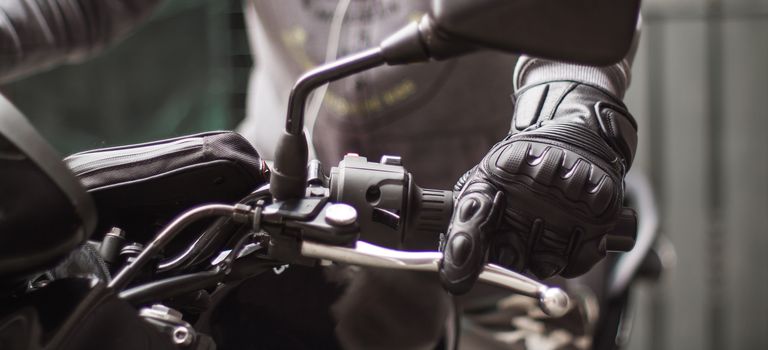
A little leeway in the clutch link is typical, and an overabundance can, as a rule, can be changed out. Bring the clutch in, check if it is smooth by letting go of the grip gradually. It should deliver efficiently. You ought not to feel any “obstacles” or “flies” as the clutch switch is locked in or delivered. Grab a chair on the bike. Draw in the clutch. The motorcycle should roll easily with a bit of obstruction while in first stuff with the clutch locked in. The clutch switch ought to have some free play before it draws in. If not, there is a higher possibility of extreme wear on the clutch.
Brakes
While sitting on the bike, remove it from stuff and move it forward. Tenderly apply the front brakes. The brake switch ought to work efficiently, and the bike ought to ease back to a stop with practically zero commotion from the brakes. It should return quickly into position, and the bike should now roll uninhibitedly with no hauling of the brake calipers. On the off chance that they drag, they need work. While slowing down at speed, you ought not to feel any beating in the switch, as this would show a bowed rotor. Carry a bunch of estimating calipers with you and measure the thickness of the rotors at the middle. Every rotor is stepped with a base thickness.
Suspension
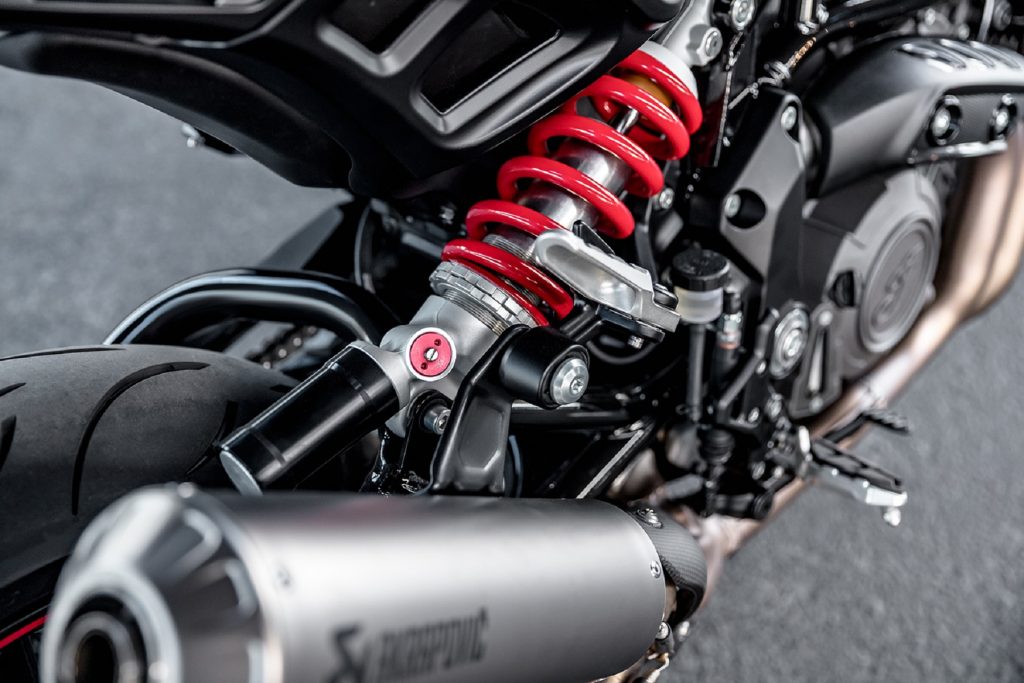
While riding the motorcycle, push down toward the front. The forks should get back to position gradually and quietly. Any noisy commotion can be awful information. Take a gander at the fork seals. They ought to be spotless and smooth. There ought to be no fork oil on the highest points of the seals or the forks. On the off chance that there is a touch of oil around the fork seals, the motorcycle may require new seals, which are generally reasonable. If there are scratches or rust on the fork tubes, a more simple fix is needed. The actual forks ought to be spotless, gleaming, and smooth. Skip here and there on the seat. The back shock(s) should offer some opposition and return the backside to a typical situation without jumping up and down.
Run your fingers here and there, the fork tube. On the off chance that you feel any knocks, it is no doubt rust. If you think of a wrinkle, it implies the fork has been twisted at one time, most likely the aftereffect of a mishap.
Chain and Sprocket
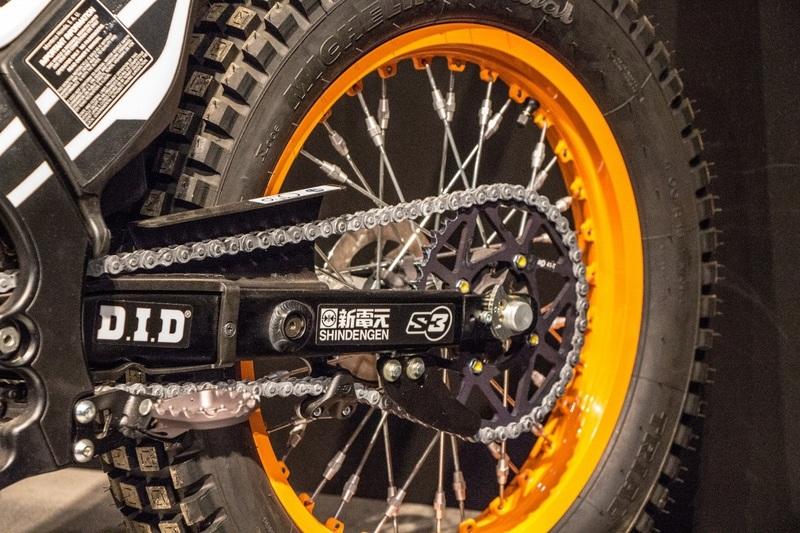
Check the pressure of the drive chain by pulling it away from the back sprocket at the three o’clock position. Try not to have the option to remove it farther than most of the sprocket tooth. Any farther, and it’s an ideal opportunity to supplant. The inward space of the chain that contacts the sprocket ought to be perfect, smooth, and glossy. On the off chance that the teeth on the sprocket are hanging over, it means that both the sprocket and the chain have unreasonable wear and ought to be supplanted.
Tires and Wheels
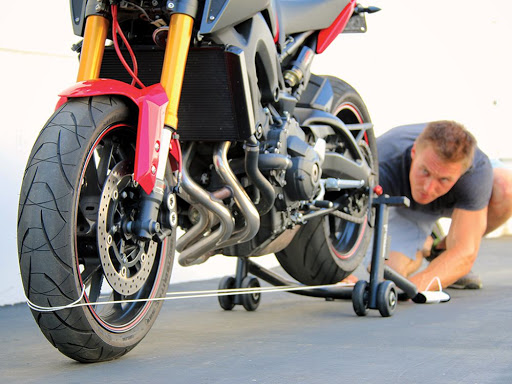
Severe wear on the middle third of the back tire could be a marker of significant distance turnpike riding or performing “consume outs.” The last is unquestionably not beneficial for the tire but rather additionally causes superfluous maltreatment on the motor. Over the top hard slowing down and sliding can cause level spots on the tire.
Check the four-digit DOT numbers on the external sidewall of the tires. The initial two digits demonstrate the week the tire was produced, and the second two digits show the year. Most prescribe to supplant tires when they are six years of age, regardless of whether they seem, by all accounts, to be in acceptable condition.
Review the wheels for imprints. On the off chance that conceivable, place the motorcycle on the middle remain with the transmission in impartial and turn the back wheel. Watch it from both the side and the back to distinguish dings or twists in the wheel. The equivalent should be possible with the front wheel utilizing the kickstand and some assistance from someone else.
It is helpful to remember that measuring is a distinctive wear design on bike tires. It’s anything but an indication of terrible tires or suspension parts. It essentially shows that the tire is holding the street. This measuring creates on the sides of a tire. The powers that come into play when the cruiser is inclining while at the same time turning are what produce the impact. When the tire turns out to be very worn, the rider will encounter vibration and commotion when inclining toward a turn. The gentler compound tires will, in general, cup sooner.
Fuel Tank
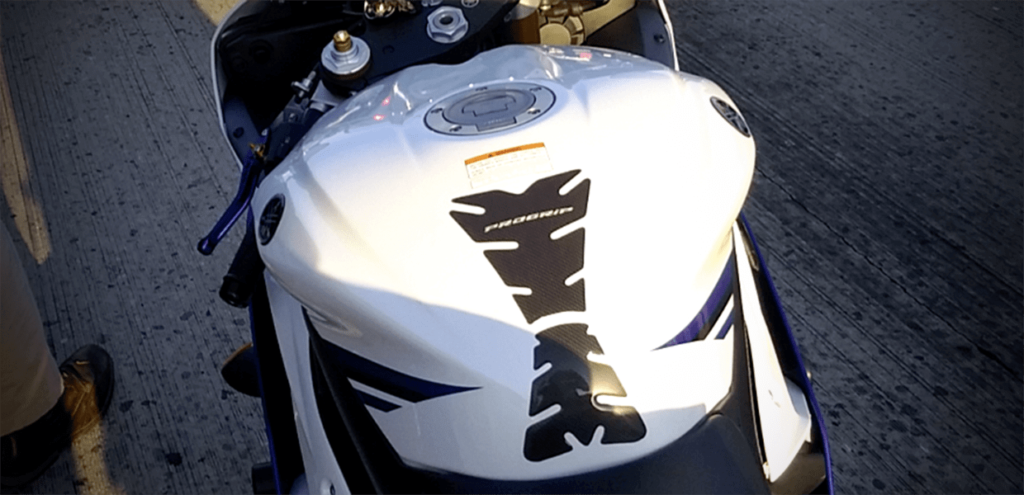
Open the fuel cap and look inside. You might need to carry an electric lamp with you. You ought to be glancing through a light golden shaded fuel and see the exposed metal inside of the fuel tank. If the fuel is dull, it’s most likely old and ought to be depleted and supplanted. You’ll likewise need to flush the framework and change the channel as a sanity check.
While examining the fuel tank, you need to search for rust or any coarseness or residue in the tank. In case you don’t know whether you see dregs, rock the motorcycle delicately from one side to another and set up a little “wave movement.” If there’s residue, you’ll see it shift from one side to another. If the tank is full, be mindful so as not to exaggerate. You need to keep the fuel in the tank. Some fuel tanks may have a covering applied to them to forestall or even cover old rust. You won’t see a sparkly silver surface; however, almost certainly a light, smooth surface.
Coolant
The typical appearance of coolant is neon green and should smell sweet. With the motor cold, eliminate the coolant cap and investigate. Green is extraordinary. Earthy-colored shaded coolant could mean either rust or oil has attacked the motor. If the engine has started to rust, you will need to think about some exorbitant fixes later on. If you have oil in your coolant, you may have a spilling head gasket or bombed O-rings. O-ring fix isn’t an execution order for a motorcycle; however, fixing a head gasket is a task for a specialist “gear head,” so you may need to re-consider your buy if this condition exists.
Eliminating the radiator cap (cold motor possibly) can or will rapidly advise you if you have any oil in your framework. Since oil is lighter than water, most of the oil in your cooling framework will buoy to the highest point of your radiator. If you see an oil smooth coasting on your coolant, there could be motor issues.
Oil
On the off chance that the motorcycle has a sight glass on the motor, you can promptly see the oil’s shade. On the off chance that the sight glass is stained or earthy, the oil may have started to “stain” the motor inside. This is brought about by not keeping up on successive oil changes.
If there is no sight glass, utilize a stick, fabric, paper towel, or other such thing and plunge it into the oil using the filler cap. Clean sweet looking appearance is the new oil. It’s been changed as of late. If the oil is dark, you’ll need to ask when the oil was changed last. Along these lines, new oil and dark oil are typical. What isn’t standard? Water and oil don’t blend. On the off chance that the oil has smooth white streaks, water gets into the motor. You might not have any desire to buy a motorcycle with this issue except if you’re prepared to destroy the motor. Oil obstructs wear on an engine however doesn’t wholly forestall it. Regularly, except if the oil has been as of late transformed, you may feel a slight coarseness when you rub a drop between your thumb and front finger. If you think or see sparkly metal chips in the oil, this is exceptionally awful information. This motor is eating itself from the back to front. You don’t need this motorycle.
Cold Start
Okay, you’ve looked the motorcycle over cautiously, and you’re prepared to hear it run. Each bike has its cold start personality, and you will, at last, become more acquainted with yours. Ensure the fuel petcock is gone to the “on” or “save” position. Contingent upon the motorcycle, you may have an electronic gag requiring no control or a manual link type stifle. If it’s manual, request that the merchant set it at his favored setting. He’ll be glad to arrange it for you.
He needs to need it to start straight up for you. Ask him how much choke he typically gives the motorcycle on startup. If it has an electric starter, use it. When the motor is running, return the choke to its normal position. You would prefer not to “redline” a cold engine.
In comparison, if the motorcycle is heating up, set aside the effort to take note. Is it chugging along as expected? Is the motor chugging? (Perhaps short gag). Look behind you. Is the motorcycle smoking? If your motorcycle is running a fuel/oil blend (earth motorcycle), a little smoke isn’t surprising. On the off chance that it’s smoking a great deal, it very well may be a fuel/oil proportion mismatch or a planning issue. A road motorcycle ought not to be smoking. Contingent upon the shade of the smoke, a smoking road motorcycle could mean difficulty. Stale smoke and a heavy fuel smell are most likely a fuel/air apportion issue and can be changed away. Blue smoke is consuming oil. You ought to probably leave this motorcycle. White smoke or steam can be coolant in the exhaust, likely because of a spilling head gasket (significant fix required).
Tune in to the motor. Do you hear any thumping, shaking, pinging, and so on? It ought to be smooth and clean sounding. You will carry it with you on the off chance that you end up claiming a specialist’s motor stethoscope. It resembles what a specialist would utilize yet has an extended metal test on the end instead of that frosty cold cup we’ve all become acquainted with and love. Many people don’t claim one of these, yet an old companion showed me a straightforward stunt for listening profoundly into a motor. Carry a wooden dowel pole with you when you come to take a gander at the bike. This is likewise helpful for checking the oil as referenced before in this composition. Contact one finish to the motor and spot your ear against the other. Inside sounds will be sent through the bar, and you’ll have the option to hear it from the opposite end. Spot the pole in a few areas on the motor and listen cautiously—two or three expressions of alert. Ensure the pole is long enough with the goal that you don’t incline toward a hot engine. Additionally, if you utilized the bar to check the oil’s condition prior, don’t put the frightful end in your ear!
Electrical
Check the headlights on both high and low pillars. Sit on the bike and go through every one of the changes to incorporate the signals, horn, risk lights, and others to check they are ready to rock ‘n roll. Pull the front brake switch and press the back brake pedal to ensure the brake lights are operable. Check every one of the measures for legitimate capacity. While standing by, if the front light ought to get faint, it is probably brought about by either the inactive being set excessively low, or it very well may be a weak battery.
Background knowledge
Request all the help records and receipts for the motorcycle. The smart rider will save all assistance records. Maybe the dealer is simply the “do it “type. This isn’t something terrible. Extraordinary compared to other utilized bikes I purchased was off an enthusiastic club racer/repairman. The smart “do it your self-er” ought to have receipts and records, everything being equal. We likewise suggest that you get an authority Motorcycle History Report. It’s cheap “genuine feelings of serenity” when purchasing. See how hard the bike was ridden.
Check the VIN─ Title/Registration
At long last, cautiously check the motorcycle’s VIN and tag number against the title and ensure they match what’s on the title. The VIN is generally situated on the guiding top of the casing. Ensure every one of the numbers is apparent and none has been altered. Check the title to ensure there isn’t a lienholder. On the off chance that there is, they ought to have closed down their segment. If the dealer doesn’t have the title, it’s not prompted to make the buy. If it doesn’t have a current registration or sticker or is enrolled in another state, you should contact the proper State Department to figure out what the charges may be to enlist and bring it current.
Safety Check
At last, whenever you’ve made your buy, have your motorcycle assessed by a certified cruiser technician. The safety of this vehicle ought to consistently be your essential concern.
Ride it — after a pre-ride check
There truly is no reason behind why a test ride can’t occur. If you’re willing to place everything of the motorcycle in real money in the dealer’s hand, he has nothing to lose except for a deal. When managing truly restless people (on a bike I truly needed), I added my driver’s permit to the heap of bills. The second suggestion here is to safety-check the bike, particularly on the off chance that it has gone unridden for a piece. It sucks to be at the highest point of third stuff when you discover the brakes should be drained.

